Car Breakdown: What to Do When Your Car Stops Working
Nothing messes up a day like a sudden stop on the road. The key is to stay calm, stay safe, and figure out the simplest fix before you call for help. Below you’ll find a practical checklist that works for most breakdowns you’ll face around Northwich.
Immediate Safety Actions
First thing – get your car out of traffic. If you’re on a busy road, turn on the hazard lights, pull onto the shoulder or a lay‑by, and set up the warning triangle about 45 m behind you. If you can’t move the car, stay inside with the seat belt on; it’s safer than getting out on a fast lane.
Next, check your surroundings. Are you near a safe spot to wait for a mechanic or a tow? If you have a mobile phone with signal, call for roadside assistance. Keep the call brief: tell them the exact location, the make of the car, and any obvious problem you’ve spotted.
Common Causes & Quick Checks
Most breakdowns boil down to a few easy‑to‑spot issues. Grab a torch and run through this quick list.
Flat or damaged tyre – Look for low pressure, a puncture, or a visibly cracked sidewall. If you have a spare, swap it out and tighten the lug nuts in a star pattern.
Dead battery – Check the lights; if they’re dim or don’t work, the battery may be flat. Look for corroded terminals; a quick clean with a baking‑soda paste can revive a weak charge. Jump‑start cables or a portable charger can get you moving.
Out of fuel – It sounds simple, but forgetting to fill up happens often. If the fuel gauge is near empty, try a fuel can from a nearby shop. A short run to the nearest pump can solve the issue.
Overheating – Steam from under the hood means the engine is hot. Turn the engine off, let it cool for at least 15 minutes, then check the coolant level. Never open the radiator cap while hot.
Clutch or transmission problems – If the engine revs but the car won’t move, the clutch may be slipping or burnt. You’ll feel a grinding noise or notice the gear shifter feels loose. In that case, it’s time to call a professional.
Suspension or steering damage – A knocking sound, wobbling wheel, or pulling to one side points to suspension wear. Driving on bad suspension is unsafe, so arrange a tow.
For each of these checks, if the fix is obvious and you feel comfortable doing it, go ahead. If anything feels beyond your skill level, don’t gamble – call a trusted garage.
Northwich Tyres Centre can help with flat tyres, battery testing, coolant top‑ups, and all the major repairs listed above. Their team knows the local roads and can get you back on track quickly.
When you call, give them the make and model, describe the symptoms, and mention any checks you’ve already done. That lets the mechanic bring the right parts – whether it’s a new tyre, a fresh battery, or a clutch kit.
Finally, keep a small emergency kit in your car: warning triangle, high‑visibility jacket, gloves, a basic tool set, a spare tyre, and a phone charger. Having these items saves time and stress the next time you’re stuck.
Remember, the most important thing in any breakdown is safety. Once you’re out of danger, a quick visual check often points to the solution. If not, Northwich Tyres Centre is a reliable call to get you moving again.
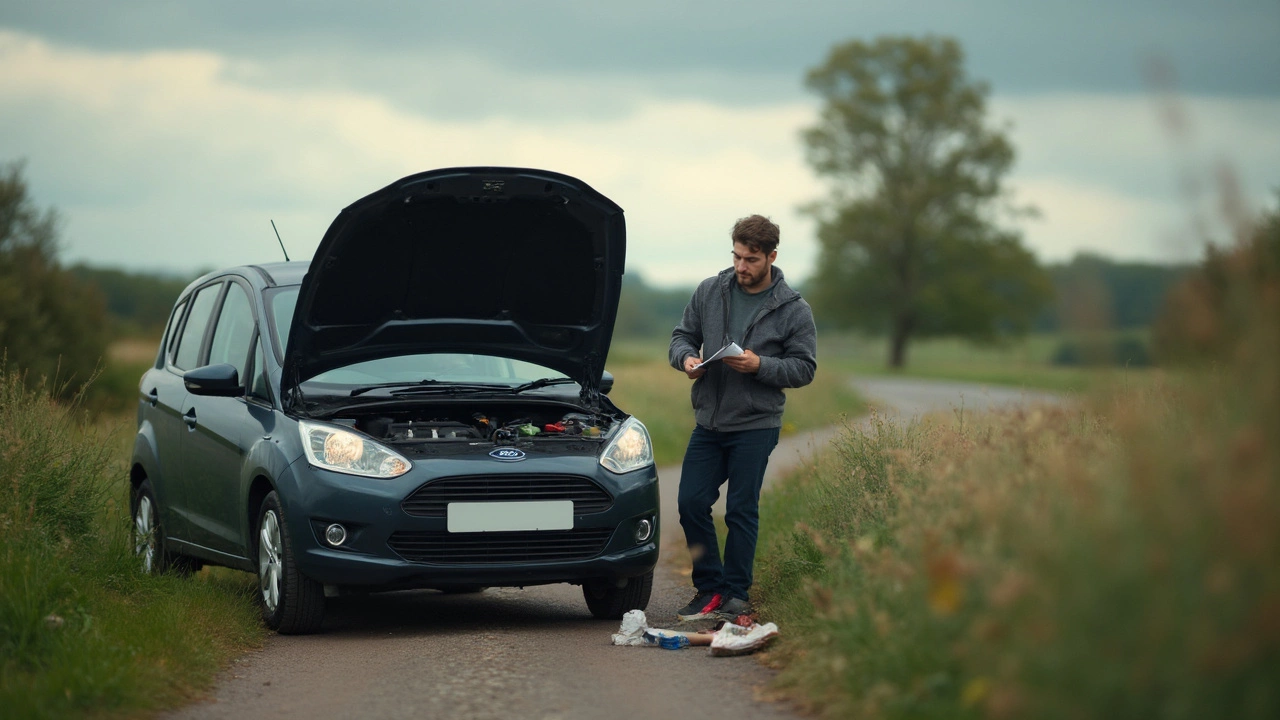 9 May 2025
9 May 2025
Fuel Pump Temporary Fix: How to Get Your Car Moving Again
Got a fuel pump that just quit out of nowhere? This article breaks down how you can get your car started when the fuel pump gives up at the worst possible time. Learn practical steps, what tools you'll need, and important safety reminders. We’ll look at quick tricks that can get you back on the road until you can make a proper repair. Handy tips and facts make sure you won’t feel totally stranded if your pump fails next time.
Latest Posts
-

Can a Fuel Pump Be Bad and Still Work? Signs You're Driving on a Dying Pump
-
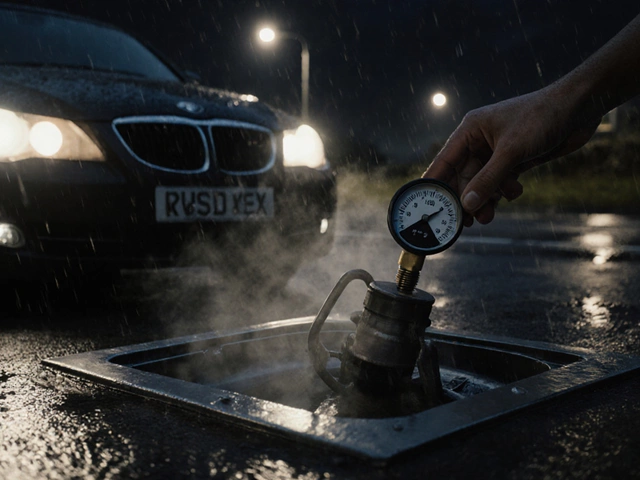
What Helps a Bad Fuel Pump? Real Fixes That Actually Work
-
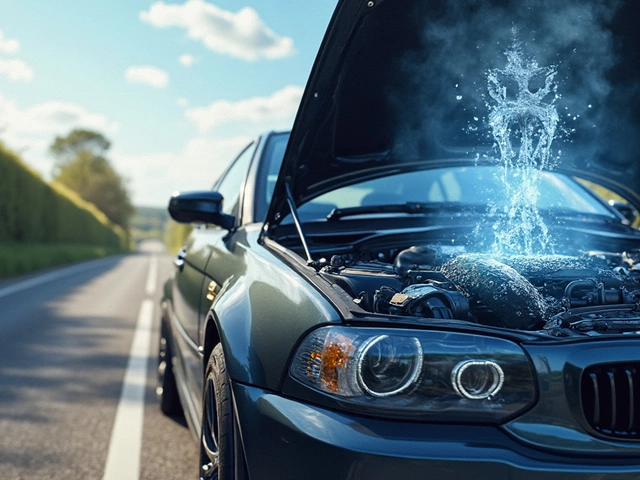
Cold Air Intake: How Much HP Does It Really Add?
-
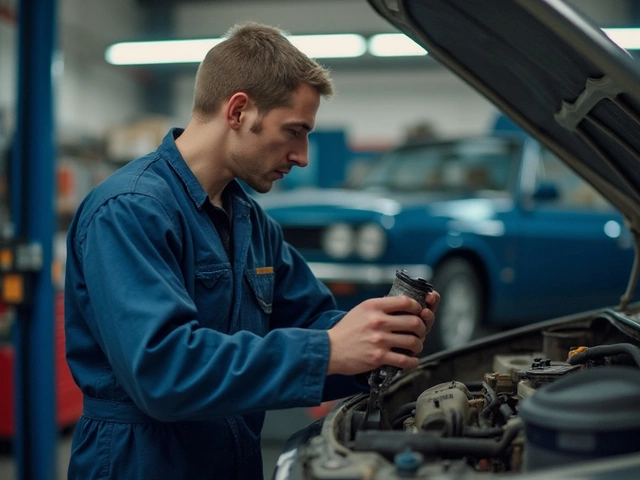
Diagnosing Fuel System Issues: Fuel Filters vs. Fuel Pumps
-
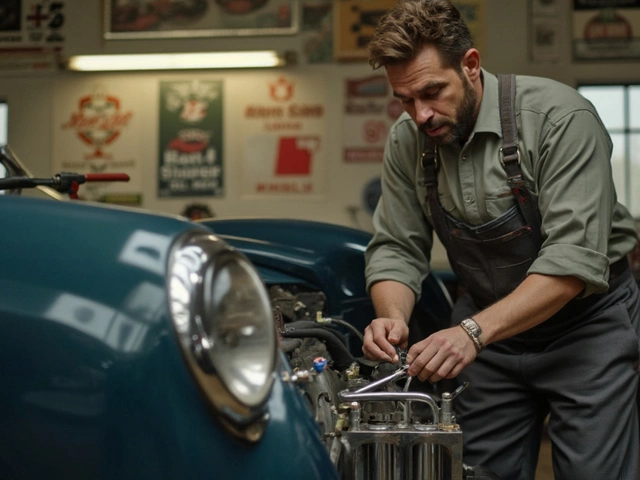
Disconnect Battery First? Swapping Out Your Fuel Pump Safely

0